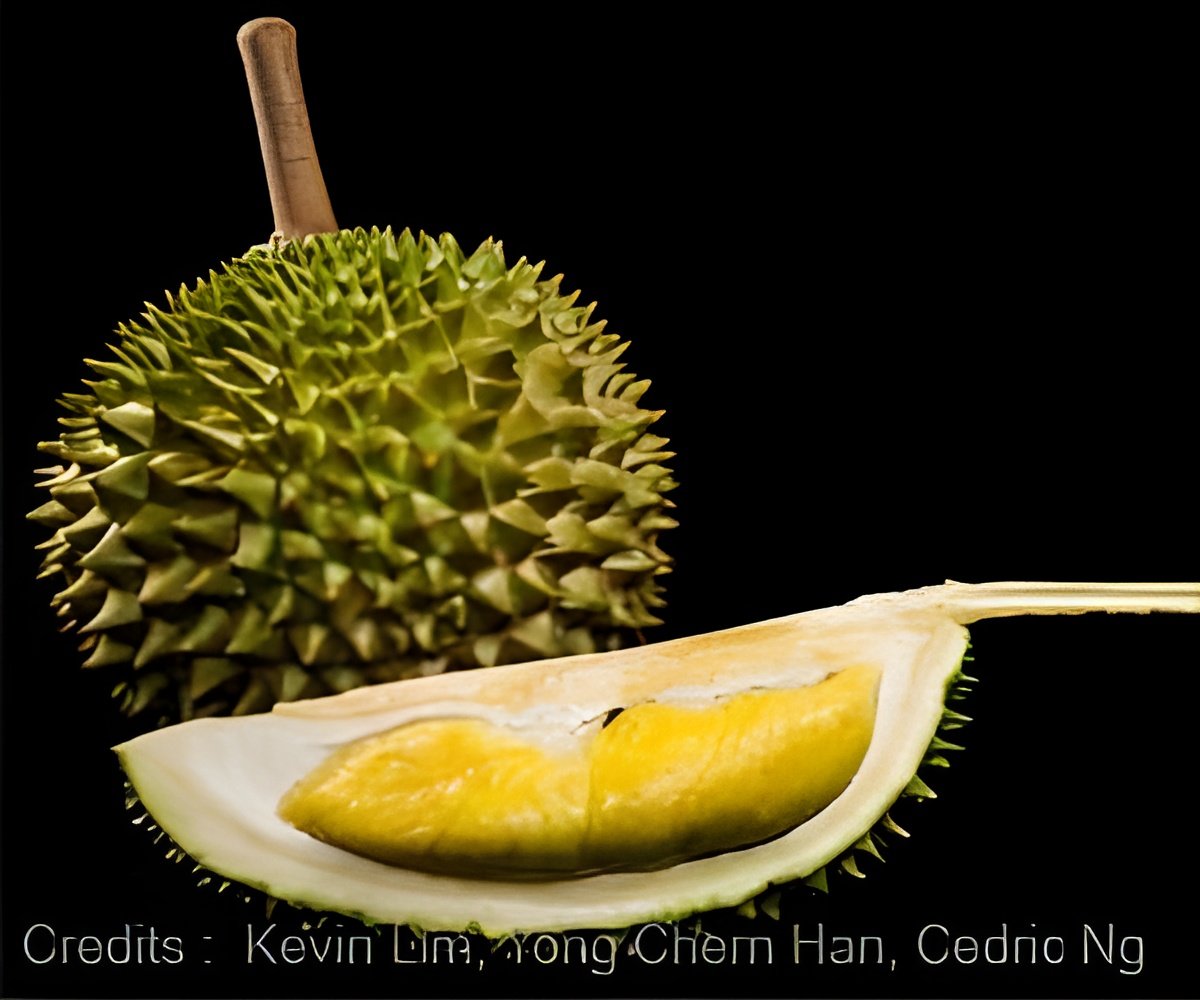
‘MGLs (methionine gamma lyases) are a class of genes present in durian fruit that aids in regulating the production of odor compounds called volatile sulfur compounds (VSCs).’
Tweet it Now
The Singapore team's efforts were driven by both innate scientific curiosity and a love of the fruit, and funded by private donations from anonymous durian devotees."Being a geneticist, I was naturally curious about the Durian genome- what gene causes its pungent smell? How did its spiny husk arise?" said study co-lead author Professor Teh Bin Tean, a durian lover and currently the Deputy Director of the National Cancer Centre Singapore.
Using state-of-the-art sequencing platforms, the team mapped the genome of a particular durian variety called Musang King ("Mao Shan Wang" in Chinese), known for its exceptionally delicate texture and potent aroma and considered as the King of Kings in the local durian world.
The team's analysis revealed that the durian genome comprises approximately 46,000 genes, almost double that in humans who have about 23,000 genes. Based on the newly generated genomic data, the team also studied the evolution of durian and traced its relationship 65 million years back to the cacao plant which produces chocolate.
The team also focused on the million dollar question:"What causes the durian's notorious smell?" By comparing gene activity patterns from different parts of the durian plant, including leaves, roots, and ripening fruits, they identified a class of genes called MGLs (methionine gamma lyases) that regulate the production of odour compounds called volatile sulfur compounds (VSCs).
Advertisement
The team speculates that in the wild, the ability of durians to produce high VSC levels and a pungent smell may be important in attracting animals to eat and disperse durian seeds to other regions.
Advertisement
Professor Soo Khee Chee, Director of the National Cancer Centre Singapore explained: "There is a long and distinguished history of medicines being discovered from plants. The best example is Taxol, the well-known drug used for treating breast cancer, and it is originally derived from the bark of the Pacific yew!"
The team notes that besides the specific durian species (Durio zibethenus) sequenced in this study, there are over 25 other durian species in nature, some are edible and some are not.
"Many of these other durian species are in this part of the world and sadly some are endangered due to the increasing loss of biodiversity. DNA sequencing is thus an important tool to protect the precious information contained in these fascinating and important plants," said Prof Teh.
Published in the prestigious journal Nature Genetics, the team has donated the Durian genome data to the National Parks Board, where they hope it will spur further durian research and education in Singapore and the region.
The team also looks forward to working with the National Parks Board's botanists to study other plants, especially those endangered in the region due to increasing deforestation and industrialization.
Source-Eurekalert











